History of multiple IUIs and IVFs only to conceive through self-cycle
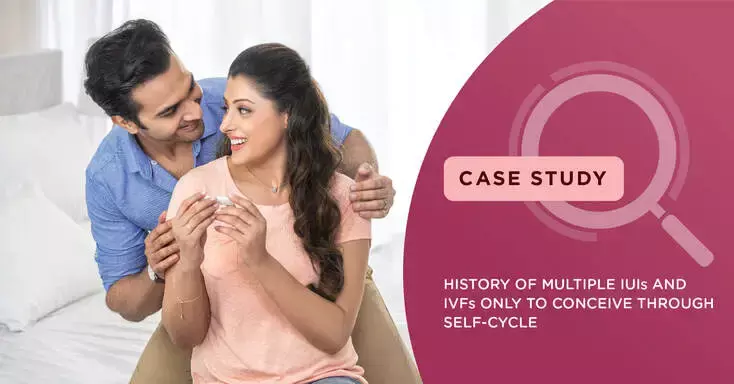
Nova IVF Fertility, helps patient with history of multiple failed IUI and IVF cycles to conceive with self-cycle IVF treatment
Dr. S was 30 years old when she visited Nova IVF Fertility, Chennai to consult Dr. Madhupriya for her fertility treatment. She had a history of multiple failed IUI cycles as well as one failed self-cycle ICSI. She was also suffering from severe endometriosis with a bilateral hydrosalpinx. To manage her condition, prior to her first IVF cycle, the fallopian tubes were disconnected.
Understanding medical condition & prior treatment of patient
Endometriosis
Endometriosis is a disorder in which the endometrial tissue which normally lines the insides of the uterus grows outside. Endometriosis commonly impacts ovaries, fallopian tubes and the tissue lining the pelvis. The hormonal changes of the menstrual cycle impact the misplaced endometrial tissue, causing it to shed its lining during every periodic menstrual cycle and causing the area to become inflamed and painful. This condition is classified into four stages (I-minimal, II-mild, III-moderate, and IV-severe) based upon their location, extent, and depth of implant as well as presence and severity of scar tissue and the presence and size of endometrial implants in the ovaries.
A woman with stage 3 endometriosis may directly opt for IVF treatment. However, the stage of endometriosis cannot predict the success of fertility treatments. Also, it is possible to have stage 4 endometriosis and conceive in the first cycle itself!
Bilateral Hydrosalpinx
A hydrosalpinx is a condition of a blocked fallopian tube along with it being filled with serous or clear fluid towards the ovary. As the tubal function is impeded, infertility is a common symptom for those who are impacted. Patients who are not trying to get pregnant and have no pain, may go undetected. But those trying to conceive will fail, as it causes infertility. If both tubes are affected, this is called Bilateral Hydrosalpinx or Hydrosalpinges.
Hydrosalpinx is diagnosed by Hysterosalpingography (HSG) or a type of X-ray used to examine the inside of fallopian tubes to help diagnose blockages. In cases where the HSG doesn’t help make a definitive diagnosis, a laparoscopic examination may be done for further evaluation. If a blockage is discovered during the procedure, it might remove also get cleared surgically, if possible, followed by IVF-ICSI.
IUI & Self-Cycle ICSI
Intrauterine insemination (IUI) is the first line of infertility treatment. In IUI, the doctor transfers specially washed and high-quality semen directly into the uterus, via a thin catheter, during ovulation.
This line of treatment is ideally perused for sperm motility and morphology issues as the IUI procedure bypasses the need for sperms to travel inside the uterus to meet the egg and fertilise the same.
However, IUI may not be suitable for those with blocked fallopian tubes, severe endometriosis and those who have history of previous pelvic infection because, in such patients, the female ova are not able to travel from the ovary to the uterus and subsequently combine with the sperms deposited through the IUI procedure. As the cost for IUI lesser as compared to IVF, people with unexplained infertility try out IUI once the above challenges are overruled.
IVF done for patients using self-oocytes is called self IVF cycle. In vitro fertilisation (IVF) is a process of female egg fertilisation where an egg is combined with sperm outside the body. A woman’s ovulatory process is monitored and stimulated followed by removing ova from the woman’s ovaries and mixing them in a lab environment to allow fertilisation outside the body. Once fertilisation is achieved, the fertilised egg(s) or embryo(s) are placed directly into the uterus. If the embryo implants itself into the lining of the uterus, this results in a successful pregnancy.
If a self-oocyte is used for the IVF procedure, the process is called self IVF, and if a donor egg is used, the process is called donor IVF. Typically, donor eggs are used only after ruling out the ability to use self-eggs as in this case, the genetic make of the baby will be that carried from the donor of the egg.
Intracytoplasmic Sperm Injection or ICSI is an advanced technique used in IVF treatments. Instead of allowing the sperm to fertilise the egg in a dish naturally, ICSI involves the embryologist’s injecting a healthy sperm, into the cytoplasm of an egg, using a fine glass needle, in a laboratory.
This procedure is generally followed by cryopreservation of all embryos. The embryos are subsequently planted in the uterine cavity once the endometrium is ready. ICSI is an assisted reproductive technique that could increase the chances of fertilisation.
Fertility treatment suggested at Nova IVF Fertility
The patient visited Nova IVF a year after the failed cycle. Upon conducting her pre-fertility test, her AMH was found to be 0.6 ng/ml. Owing to the previous failures, coupled with a very low AMH value, the patient, a doctor herself, was unsure about going in for another self-cycle.
Dr. Madhupriya, fertility specialist counselled and explained her adequately about both the OD (oocyte donation) ICSI cycle and self ICSI cycle. The patient, keen to have her own biological child decided to go ahead with a 2nd self-cycle IVF.
Her ovarian stimulation cycle included growth hormone protocol. There are many kinds of stimulations during an IVF cycle and many types of medications that help in increasing the quantity as well as the quality of the oocytes. For patients with Poor Ovarian Response (POR) who have previously failed IVF cycles, growth hormone supplements are offered for controlled ovarian stimulation protocols. Past analysis has established the efficacy of providing GH supplements during treatment with assisted reproductive techniques (ART). Each such study has independently concluded that GH co-treatment generally benefits women with POR to common ART treatments.
Successful treatment outcome
This ovarian stimulation cycle with growth hormone protocol yielded 7 oocytes, of which 5 were successfully fertilised in the IVF cycle. Of these 5 fertilised, 4 reached the blastocyst stage, and 2 of these were transplanted to the uterus of the patient and two were saved for any subsequent IVF requirement.
With proper guidance and treatment protocols our specialist Dr. Madhupriya was able to help the patient with her own progeny.
 Infertility Counselling
Infertility Counselling Female Infertility Treatment
Female Infertility Treatment Andrology Treatment
Andrology Treatment Fertility Enhancing Surgeries - Female
Fertility Enhancing Surgeries - Female Fertility Enhancing Surgeries - Male
Fertility Enhancing Surgeries - Male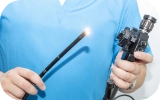 Endoscopy Treatment
Endoscopy Treatment IUI Treatment
IUI Treatment IVF Treatment
IVF Treatment ICSI Treatment
ICSI Treatment Advanced IVF Solutions
Advanced IVF Solutions Embryology
Embryology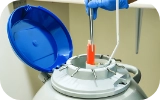 Vitrification Egg, Embryo, Sperm Freezing
Vitrification Egg, Embryo, Sperm Freezing Preimplantation Genetic Testing (PGT)
Preimplantation Genetic Testing (PGT) Donation Program Embryo / Egg / Sperm
Donation Program Embryo / Egg / Sperm




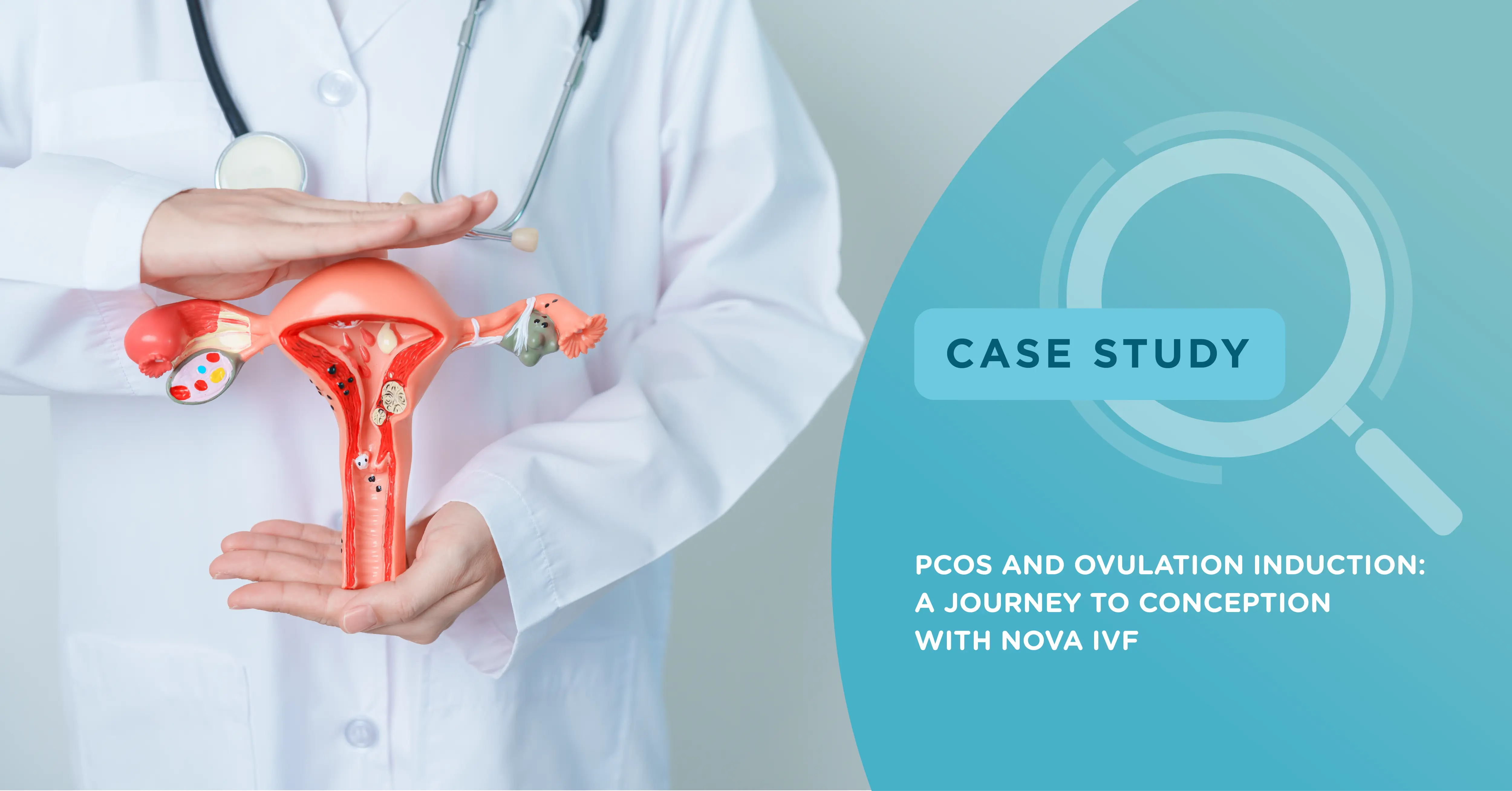

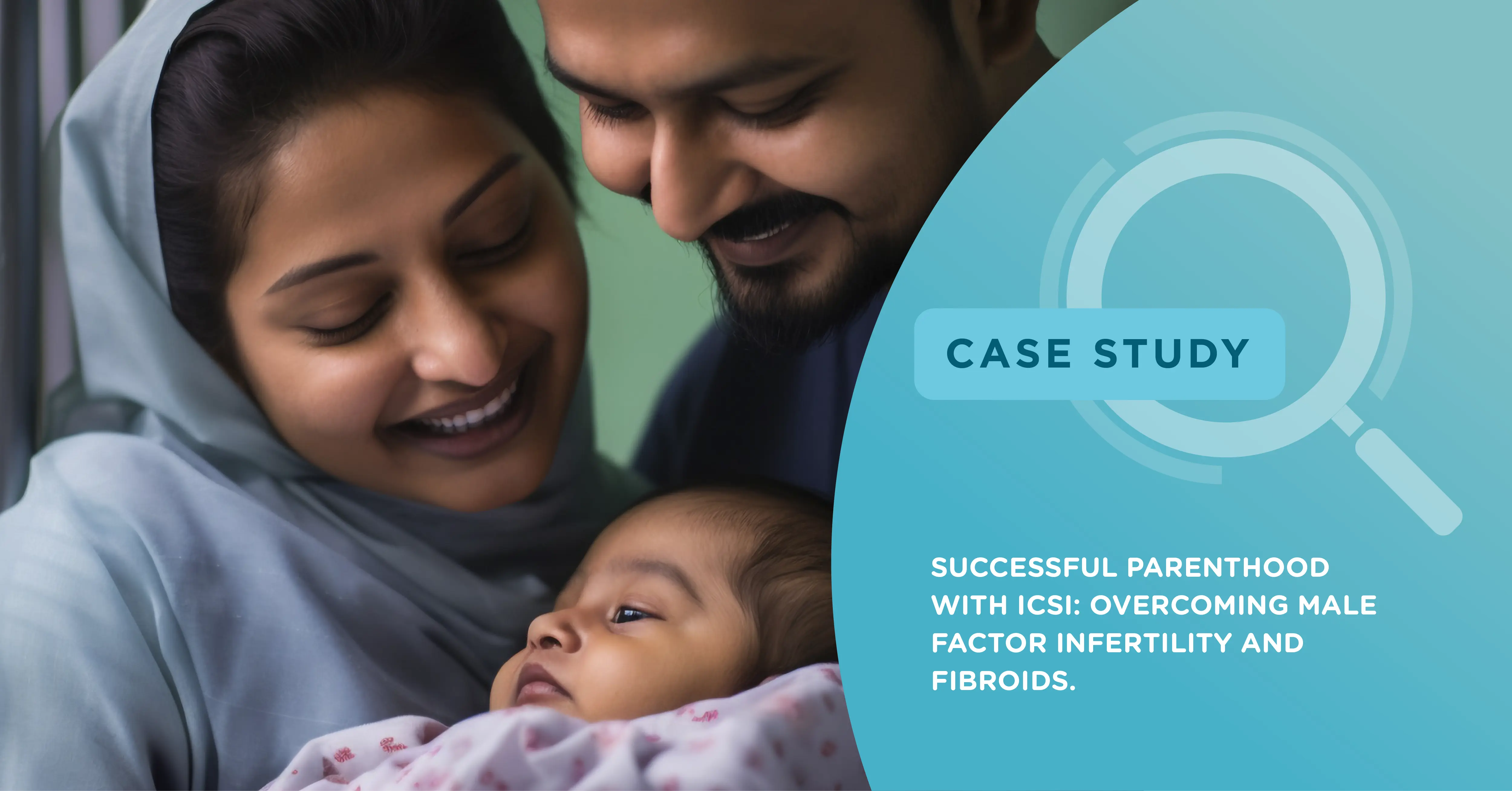
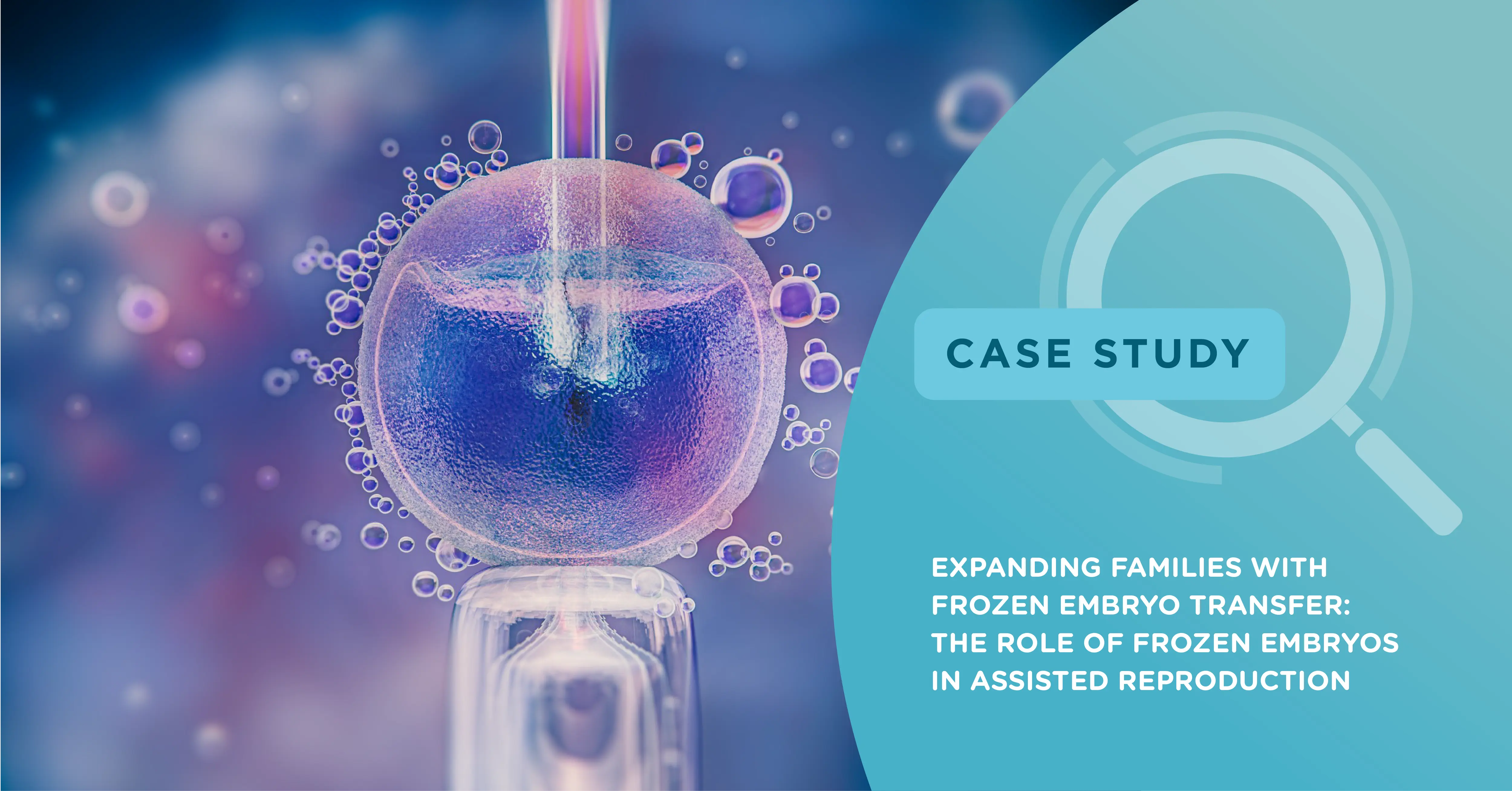

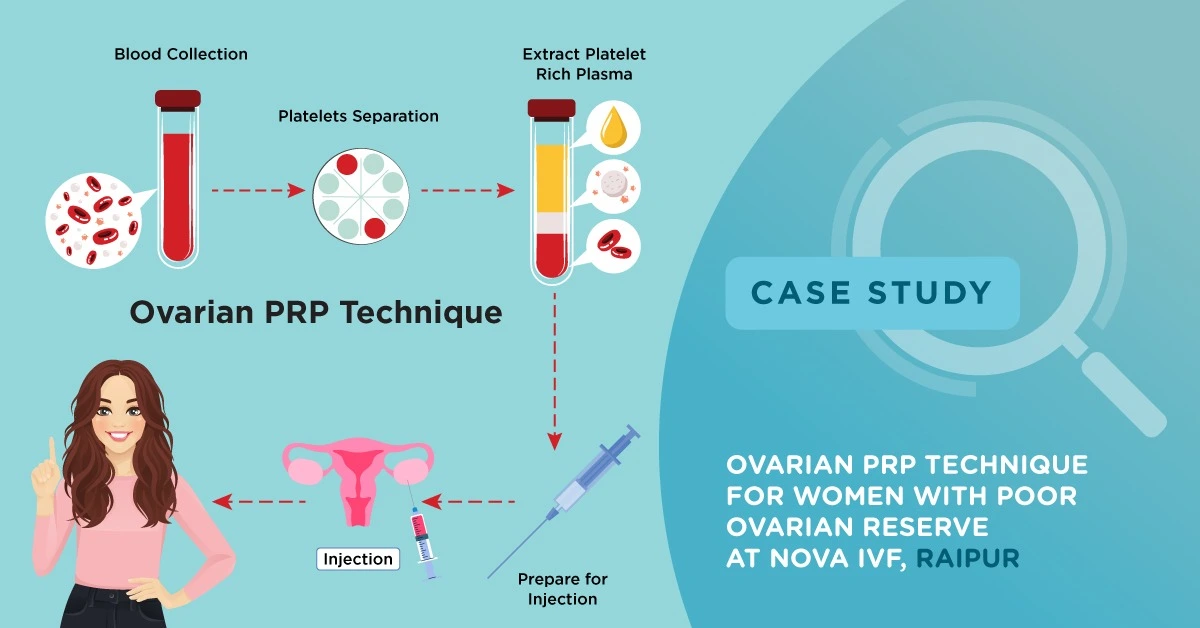
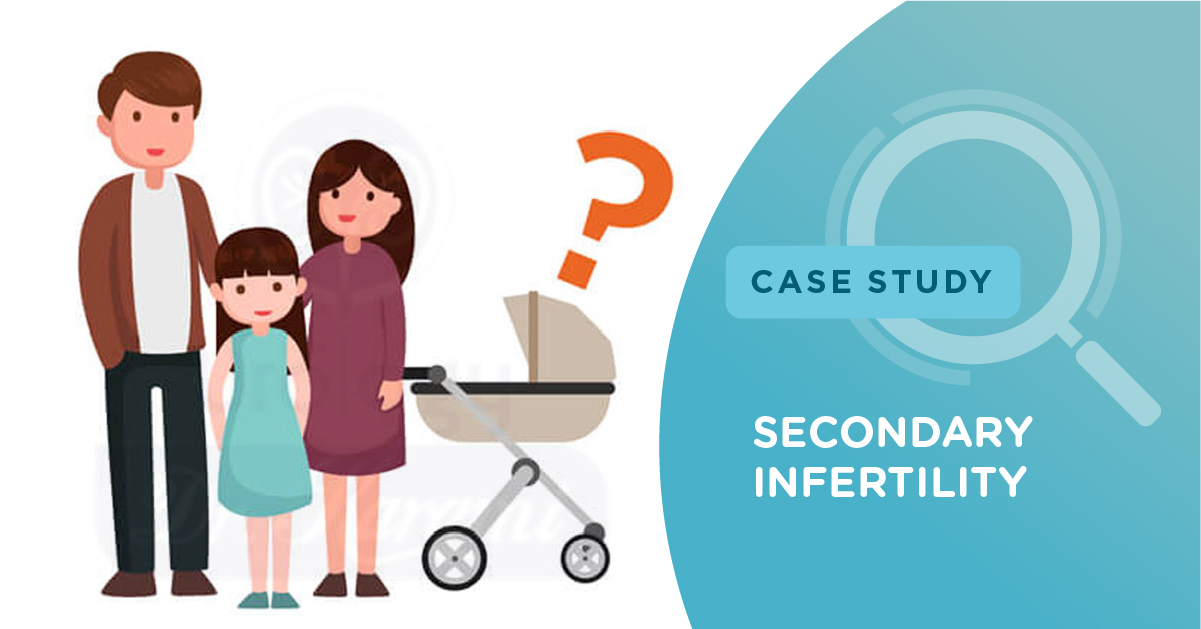
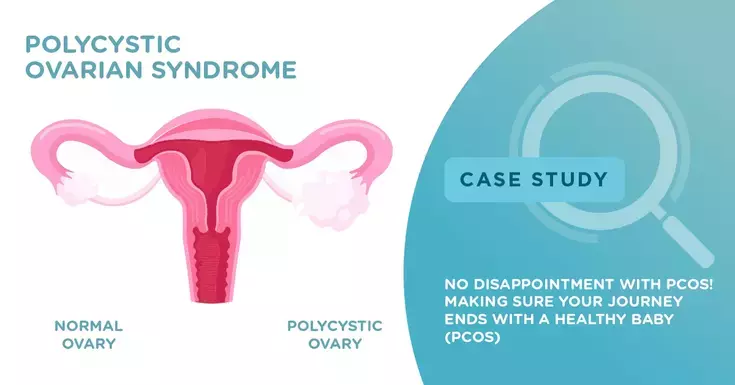






Add new comment